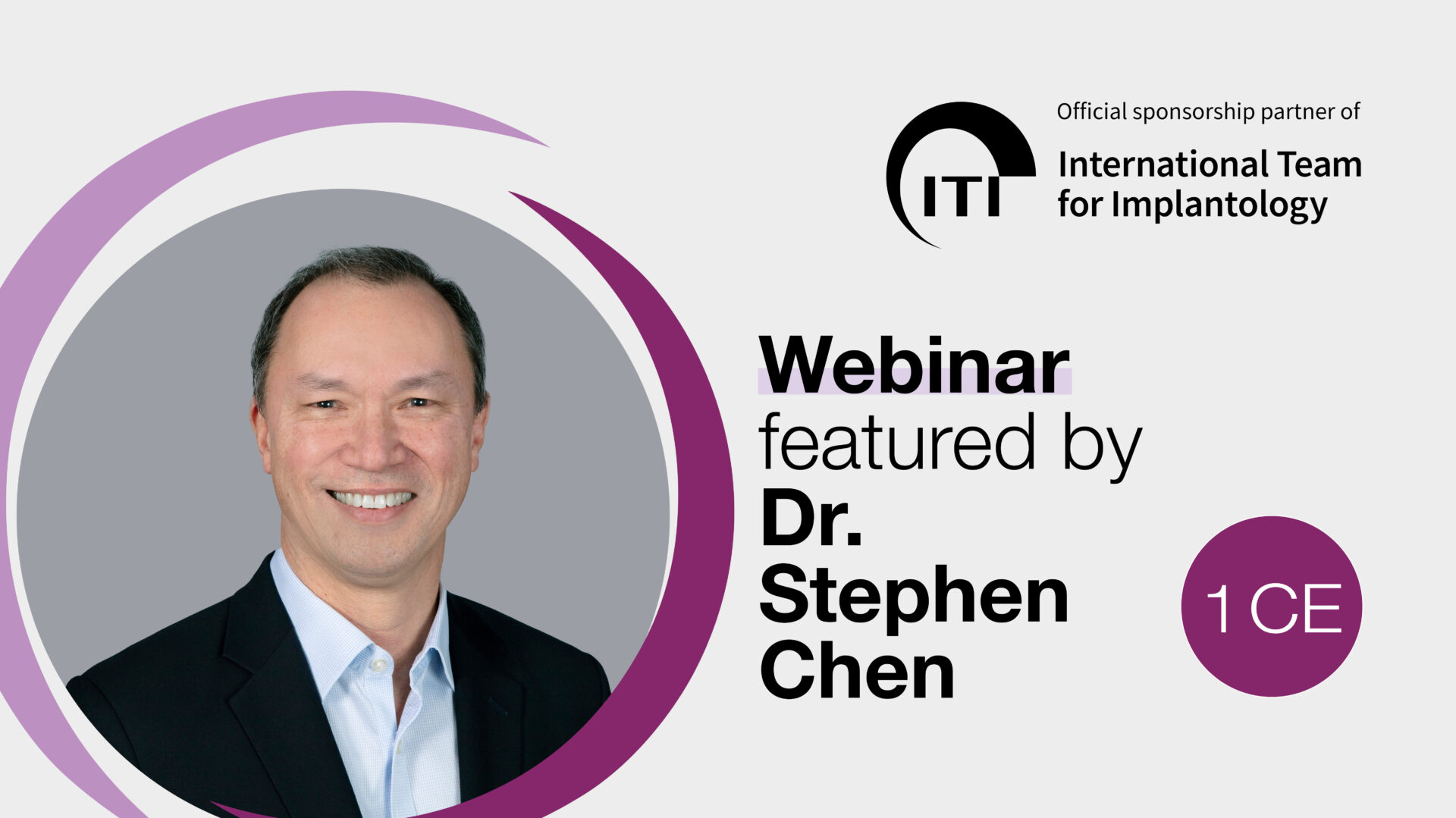
Why high torque can be misleading – and what to measure instead
Sep 29, 2025
Modern implant designs are changing the game – but they’re also changing the rules.
In his recent webinar, Professor Stephen Chen explores how newer, more aggressive implant designs are engineered to achieve high insertion torque. While this may seem reassuring, it can actually give clinicians a false sense of security.
“High torque doesn’t necessarily mean high stability,” says Dr Chen. “And it certainly doesn’t mean the implant is ready to be loaded.”

The problem with torque alone
Insertion torque has long been used as a proxy for implant stability. But as Dr Chen explains, torque only tells part of the story – and it’s not repeatable. Once the implant is placed, torque can’t be measured again. It also doesn’t account for translational forces, bone quality, or the stability dip that occurs during early healing.
What’s more, with some modern implant designs, very high torque values – even above 50 Ncm – can be achieved with only a few threads engaging the bone. This means that even if the implant is placed in low-density bone or is not fully surrounded by bone, the torque reading may still appear high.
This is the clinical risk: interpreting high torque as a green light to load the implant, when in fact the surrounding bone may not provide sufficient support – especially in the early healing phase.

ISQ: A smarter way to monitor stability
Unlike torque, ISQ (Implant Stability Quotient) provides a non-invasive, repeatable, and objective way to monitor implant stability over time. It allows clinicians to track healing, detect the stability dip, and make informed decisions about when – or whether – to load.
Using the traffic light system, ISQ values offer clear clinical guidance:

Design matters – but so does measurement
Dr Chen also highlights how implant geometry and thread design influence torque and stability. Fully tapered implants with wide, cutting threads can achieve high torque early in placement – but that doesn’t always translate to long-term success, especially in extraction sockets or grafted sites.
“We must not rely on torque alone – especially when immediate loading is being considered,” Dr Chen warns.

View the full content here
Dr Stephen Chen’s full webinar is now available on demand.
Watch it to gain deeper insights into implant design, primary stability, and why ISQ is the benchmark for evidence-based implant dentistry.

Add comment